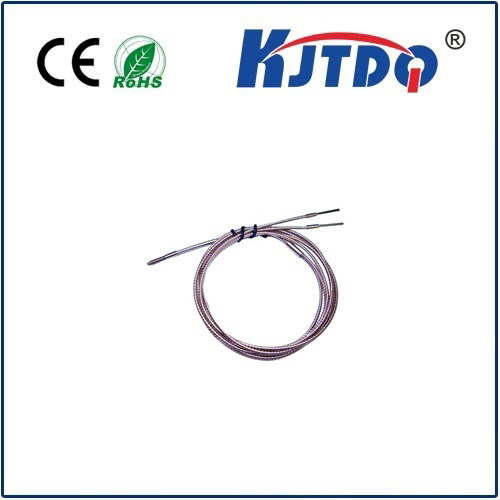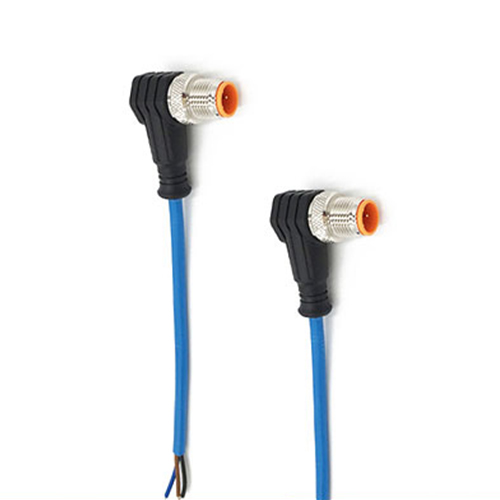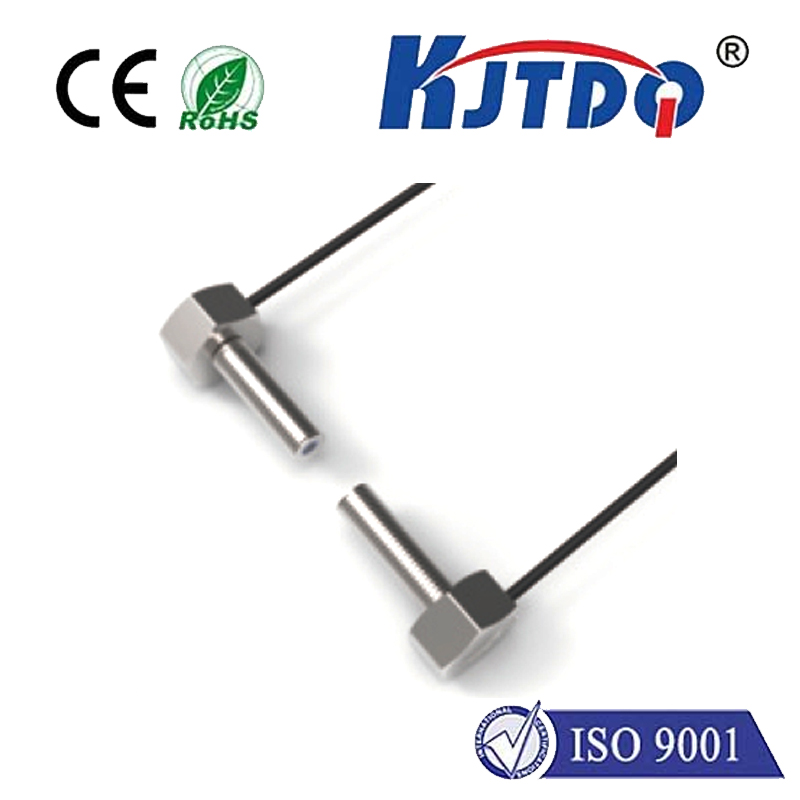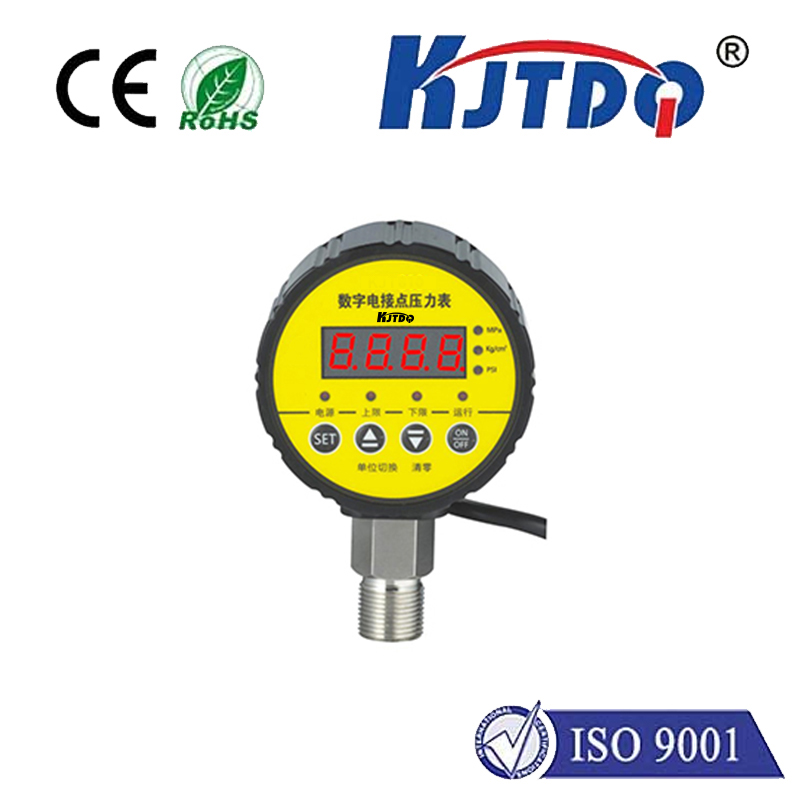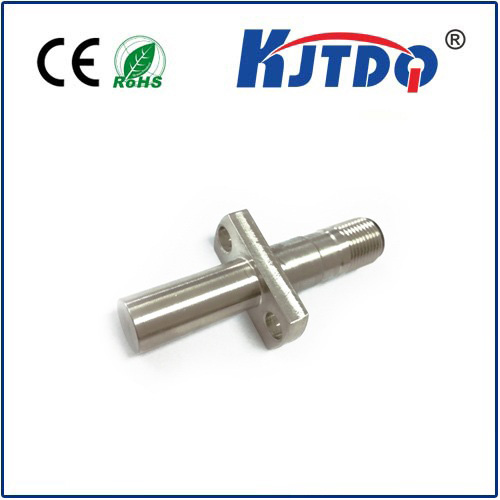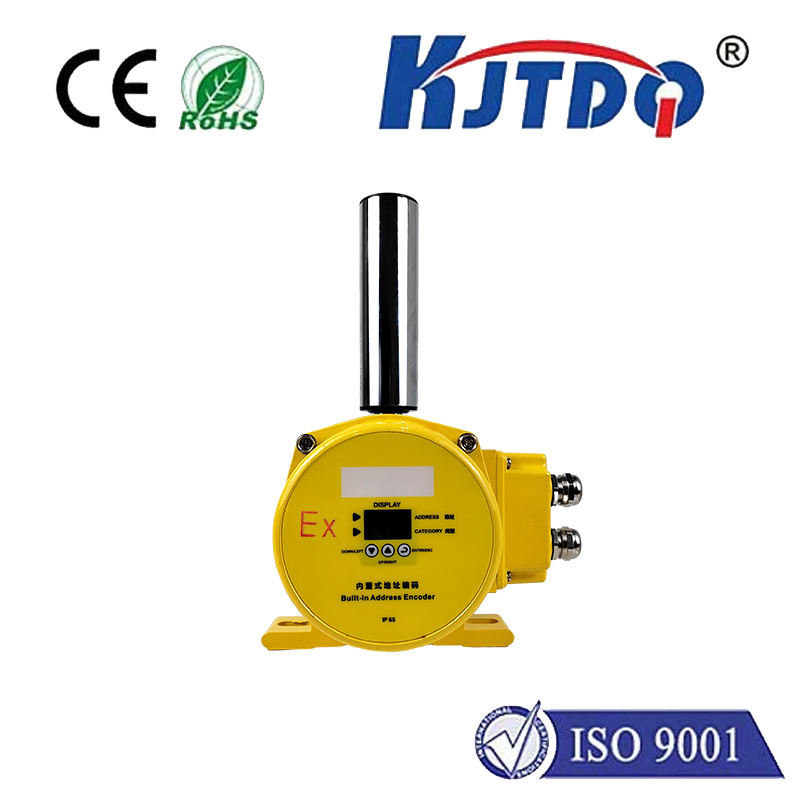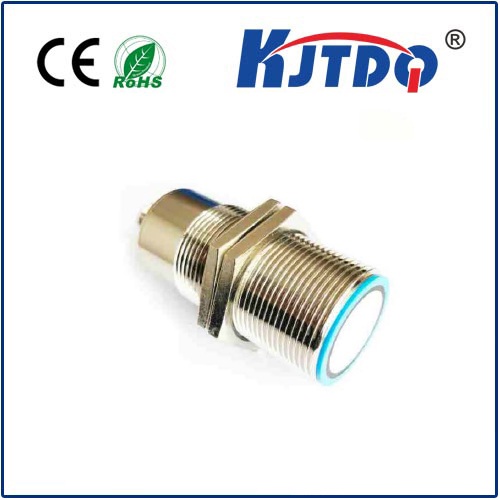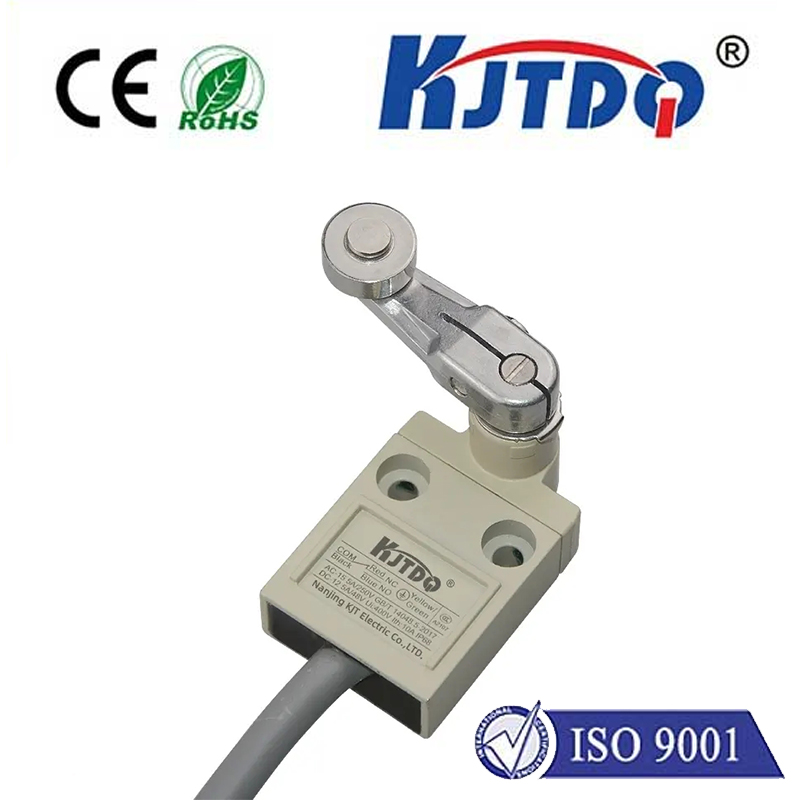miniature laser sensor
- time:2025-09-11 04:39:48
- Нажмите:0
Miniature Laser Sensors: Unleashing Precision in Tiny Packages
Imagine technology capable of pinpointing microscopic defects on a factory line, sensing a driver’s drowsiness, or guiding a surgical robot with micron-level accuracy – all packed into a device smaller than a fingernail. This isn’t science fiction; it’s the reality engineered by miniature laser sensors. These incredible devices represent a significant leap forward, shrinking powerful laser-based sensing principles into compact, versatile packages, unlocking applications previously deemed impossible or impractical.
At their core, miniature laser sensors operate on the same fundamental principles as their larger counterparts. They emit a focused beam of coherent light (the laser) and analyze how this light interacts with a target. This interaction could involve:
- Time-of-Flight (ToF): Measuring the time taken for a laser pulse to bounce back, calculating distance.
- Triangulation: Using the angular shift of a reflected beam to determine position or distance.
- Laser Doppler Vibrometry (LDV): Detecting minute vibrations by analyzing frequency shifts in reflected light.
- Spectroscopic Analysis: Identifying materials or measuring concentrations based on light absorption or scattering.
The revolutionary aspect lies in the miniaturization. Achieving this involves sophisticated integrated photonics and micro-optics. Engineers meticulously design microscopic laser diodes, waveguides to channel the light, tiny lenses or diffractive optical elements (DOEs) to shape and focus the beam, and ultra-sensitive photodetectors integrated onto a single microchip or a very small module. Advanced manufacturing techniques, like semiconductor wafer-level processing, are crucial for producing these complex, tiny structures reliably and cost-effectively.
The Power of Small: Key Advantages

The dramatic reduction in size and weight offers transformative benefits:
- Unprecedented Integration: Miniature laser sensors can be embedded directly into devices where space is at an absolute premium. Think smartphones, wearable health monitors, micro-drones, endoscopic surgical tools, and micro-robots. This integration enables smarter, more autonomous, and feature-rich compact devices.
- Enhanced Portability and Mobility: Handheld diagnostic tools, portable inspection devices, and lightweight robotic systems gain powerful sensing capabilities without being burdened by bulky components. Field technicians and researchers benefit immensely.
- Improved Efficiency: Smaller components generally require less power to operate. Miniature laser sensors contribute to longer battery life in portable and mobile applications, making continuous or remote monitoring feasible.
- High-Speed Performance: The short travel paths for light within the micro-optical system allow for very fast measurement cycles. This enables high-speed sensing critical for dynamic processes like assembly line quality control, gesture recognition, or real-time object tracking.
- Cost Reduction Potential: Mass production of integrated photonic chips, similar to semiconductors, promises significant cost reductions over time, making sophisticated laser sensing accessible for broader consumer and industrial use.
Where Tiny Tech Makes a Huge Impact
The applications of miniature laser sensors are rapidly expanding across diverse sectors:
- Consumer Electronics: Smartphone cameras leverage micro-laser sensors for rapid autofocus and depth mapping, enabling portrait mode effects and augmented reality. Gesture control interfaces and facial recognition systems also rely on them.
- Industrial Automation & Robotics: Micro-sensors provide precise distance measurement for robotic arm positioning, obstacle avoidance in collaborative robots (cobots), and high-speed inspection of components for defects or dimensional accuracy on fast-moving production lines. LIDAR systems in autonomous mobile robots (AMRs) are shrinking dramatically.
- Automotive: Beyond large exterior LIDAR units, tiny laser sensors monitor driver alertness (eye tracking, head position), enable touchless control interfaces, and enhance in-cabin air quality monitoring.
- Healthcare & Medical Devices: Miniature sensors are revolutionizing minimally invasive surgery, providing precise distance and tissue characterization feedback to surgeons via endoscopic tools. Portable diagnostics and wearable vital sign monitors (blood flow, oxygen levels) increasingly incorporate these sensors.
- Logistics & Inventory: Compact laser scanners enable highly efficient handheld or fixed-mount barcode and QR code reading in warehouses and retail, even in challenging lighting conditions.
- Security & Safety: Miniature sensors enable discreet yet highly accurate presence detection, perimeter security, and access control systems.
Overcoming Miniaturization Challenges
Shrinking such powerful technology isn’t without hurdles. Key challenges engineers face include:
- Thermal Management: Lasers generate heat. Efficiently dissipating that heat within a tiny package is critical to prevent performance drift or damage.
- Signal-to-Noise Ratio (SNR): With smaller detectors and potentially shorter optical paths, maintaining a strong, clean signal against background noise requires clever optical design and sophisticated signal processing algorithms.
- Optical Alignment Precision: Microscopic misalignments of lasers, lenses, and detectors during manufacturing can significantly impact performance, demanding extremely high fabrication tolerances.
- Power Constraints: Balancing the laser’s power needs (sufficient for the sensing task) with the limited power budget of small, battery-operated devices is a constant optimization challenge.
The Future: Even Smaller, Smarter, More Integrated
The trajectory for miniature laser sensors points towards continuous advancement. Expect to see:
- Greater Integration: More functions (lasers, detectors, optics, electronics, even signal processing) packed onto single photonic integrated circuits (PICs).
- Enhanced Intelligence: Incorporating edge AI directly onto the sensor module for real-time data analysis and decision-making at the source.
- New Sensing Modalities: Exploring novel micro-laser principles and materials to enable sensing of previously difficult-to-detect parameters in tiny form factors.
- Mass Production & Cost Reduction: Wider adoption fueled by economies of scale in photonics manufacturing.
- Quantum Sensing Integration: Potential convergence with developing quantum technologies for unprecedented sensitivity levels on small scales.
Miniature laser sensors are far more than just shrunken versions of older technology. They represent a fundamental shift, enabling high-precision, laser-based sensing to permeate our world in ways that were unimaginable just a decade ago. By packing powerful capabilities into vanishingly small packages, they are fueling innovation across countless industries, making devices smarter, processes more efficient, and opening doors to entirely new applications. The era of precision sensing everywhere has truly arrived, one miniature laser beam at a time.

